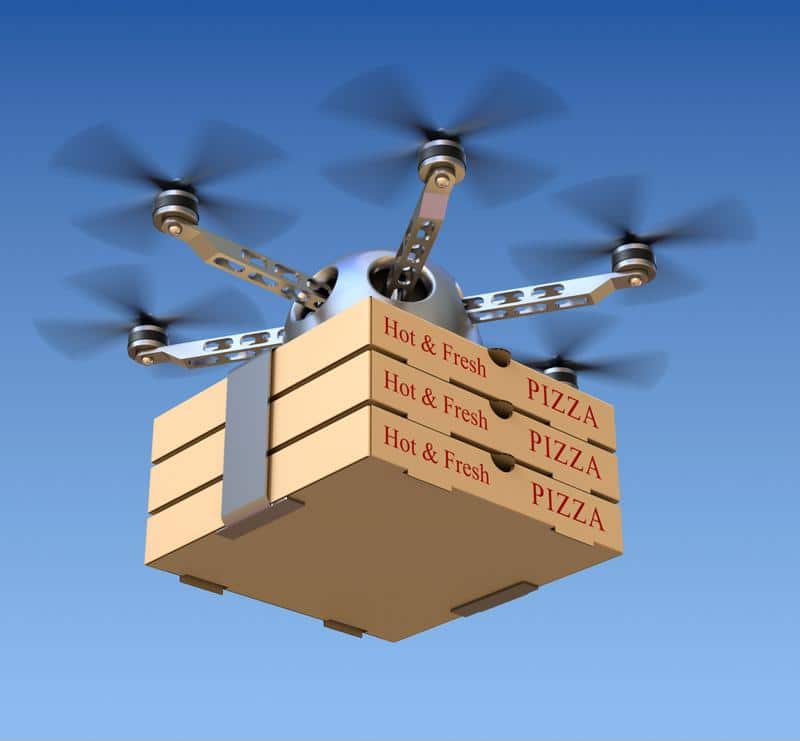As of late June 2018, one of Microsoft's newest software platforms, Azure IoT Edge, is generally available. This means that commercial enterprises and independent consumers now have access to it and, thanks to Microsoft's decision to take the platform open source, can begin modifying the technology to fit specific needs.
Every innovation brings new opportunity and unforeseen challenges, and there is no reason to suspect that Azure IoT Edge will be any different. Even programs created by technology industry leaders like Microsoft have their potential disadvantages.
What exactly is Azure IoT Edge?
Simply put, Azure IoT Edge represents Microsoft's plan to move data analytics from processing centers to internet of things enabled devices. This sophisticated edge computing technology can equip IoT hardware with cognitive computing technologies such as machine learning and computer vision. It will also free up enormous bandwidth by moving the data processing location to the device and allow IoT devices to perform more sophisticated tasks without constant human monitoring.
According to Microsoft, there are three primary components at play:
- A cloud-based interface will allow the user to remotely manage and oversee any and all Azure IoT Edge devices.
- IoT Edge runtime operates on every IoT Edge device and controls the modules deployed to each piece of IoT hardware.
- Every IoT Edge module is a container that operates on Azure services, third-party software or a user's personalized code. The modules are dispersed to IoT Edge machines and locally operate on said hardware.
Overall, Azure IoT Edge represents a significant step forward in cloud computing and IoT operations, empowering devices with functionality that wasn't before possible.

The cybersecurity concerns of Azure IoT Edge
It is worth remembering that IoT hardware has a long and complicated history with cybersecurity standards. Considering the bulk of IoT technology adoption has been driven by consumer, rather than enterprise, products – issues like security and privacy were placed second to interface design and price point.
Research firm Gartner found that 20 percent of organizations had already reported at least one IoT-centered data breach within the three years leading up to 2018. This risk has led to IoT security spending that is expected to cost $1.5 billion globally in 2018. Some companies scrambling to make their IoT hardware more secure may want to leave this problem as a priority over incorporating Microsoft's newest software platform.
Another potential issue is Microsoft's decision to make the platform open source. The original code is public knowledge and now available to all to modify for personal use. While this flexibility will greatly help the product's user base expand, open source programs have not historically been the most secure from cybercriminals.
Many ecommerce websites ran on the Magento platform, an open source solution that became the target of a brute force password attack in 2018, which ultimately proved successful. The resulting data breach led to thousands of compromised accounts and stolen credit information.
A Black Duck Software report tracked open source programs as they have become more widespread. While the overall quality of open source code is improving, the study found that many organizations do not properly monitor and protect the code once it has been put in place, leaving it vulnerable to exploitation from outside sources.
"Microsoft annually invests $1 billion in cybersecurity research."
The Microsoft advantage
However, Microsoft is arguably in position to address the major security concerns with its Azure IoT Edge platform. The company invests over $1 billion in cybersecurity research each year. According to Azure Government CISO Matthew Rathbun, a lot of this money is spent with Azure in mind:
"Ninety percent of my threat landscape starts with a human, either maliciously or inadvertently, making a mistake that somehow compromises security," Rathbun told TechRepublic. "In an ideal state, we're going eventually end up in a world where there'll be zero human touch to an Azure production environment."
Azure IoT Edge represents a bold step forward in empowering IoT technology and improving automated productivity. While there are risks associated with every innovation, Microsoft remains committed to staying at the forefront and protecting its platforms. Companies should be willing to invest in Azure IoT Edge while remaining vigilant about the possible risks.
